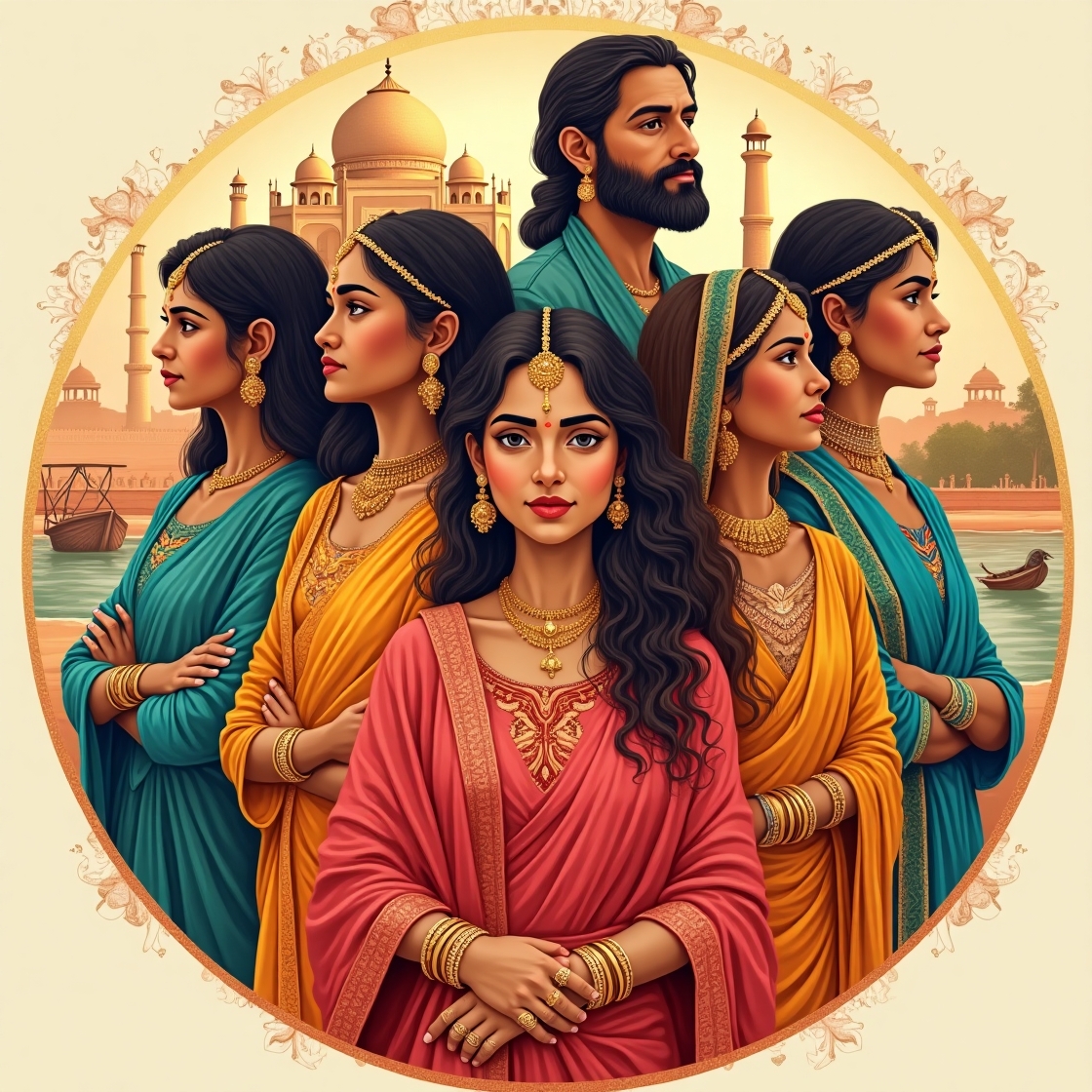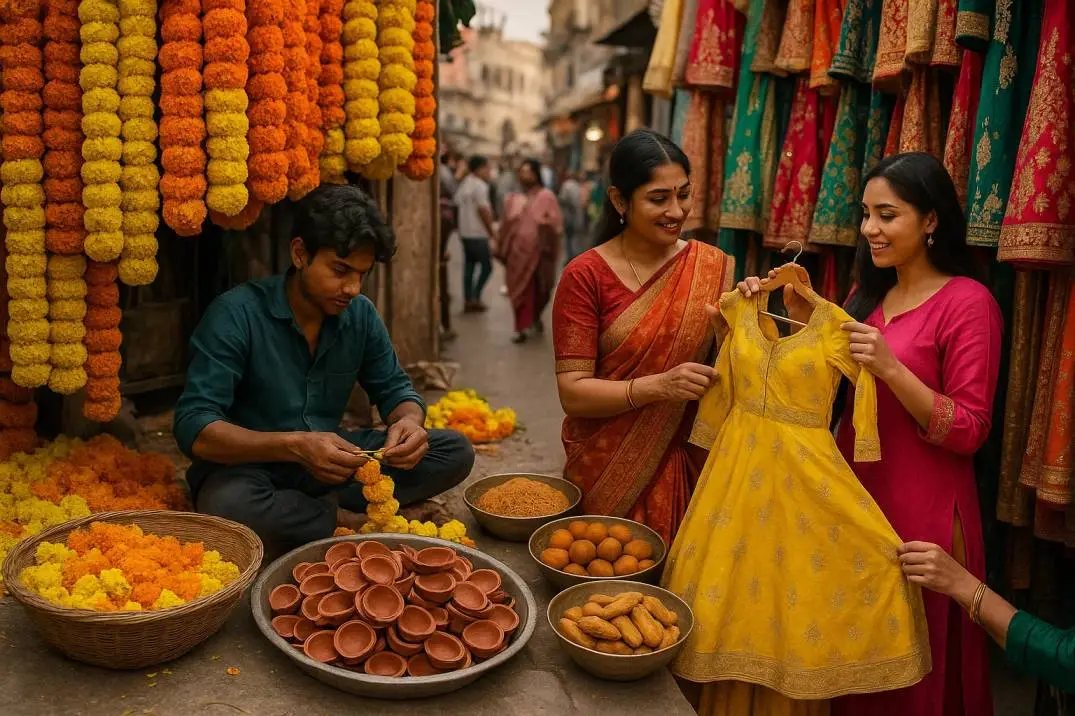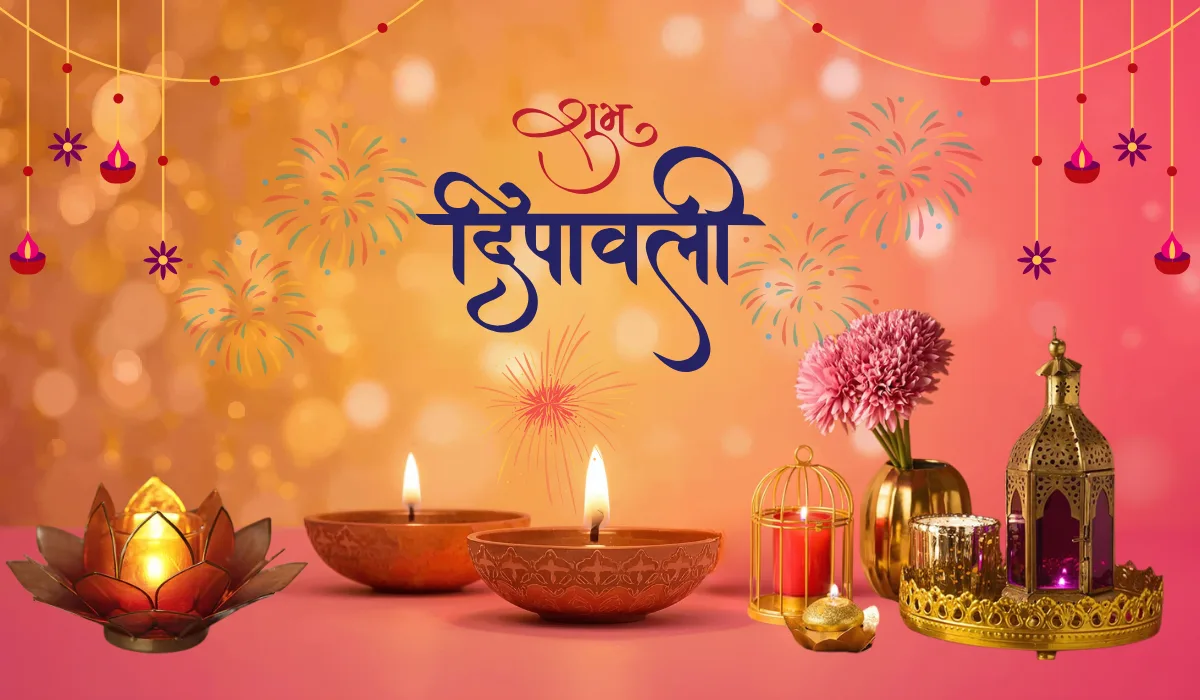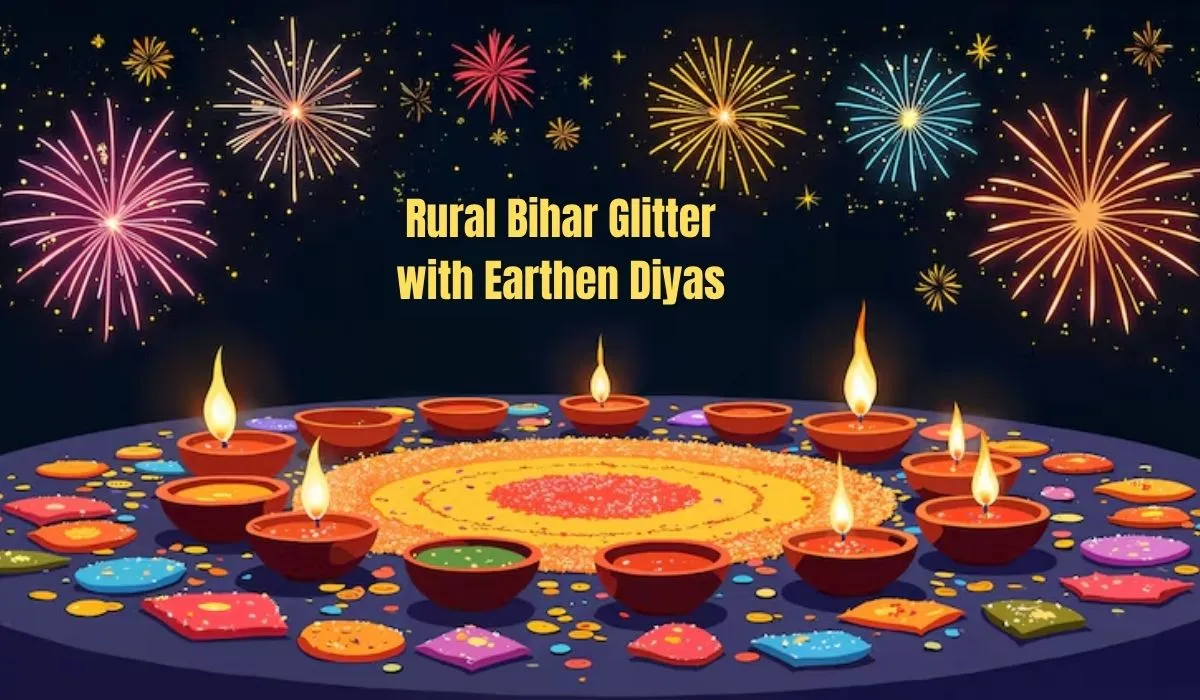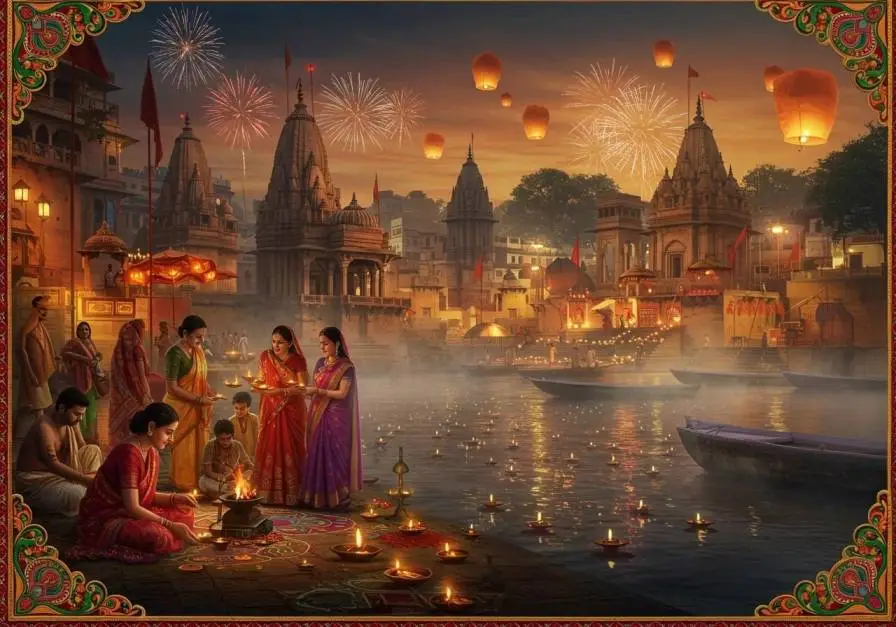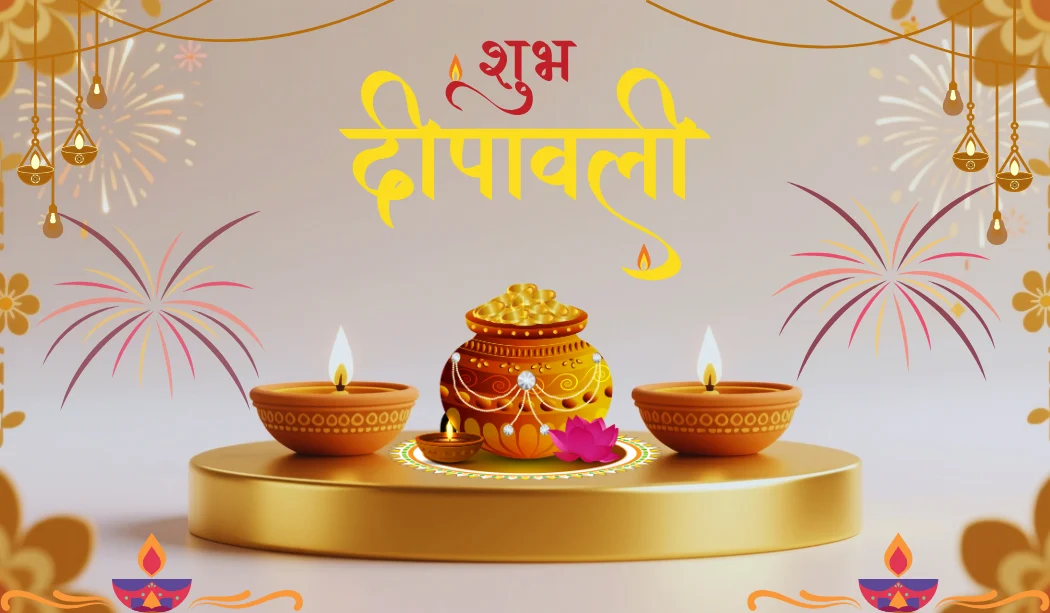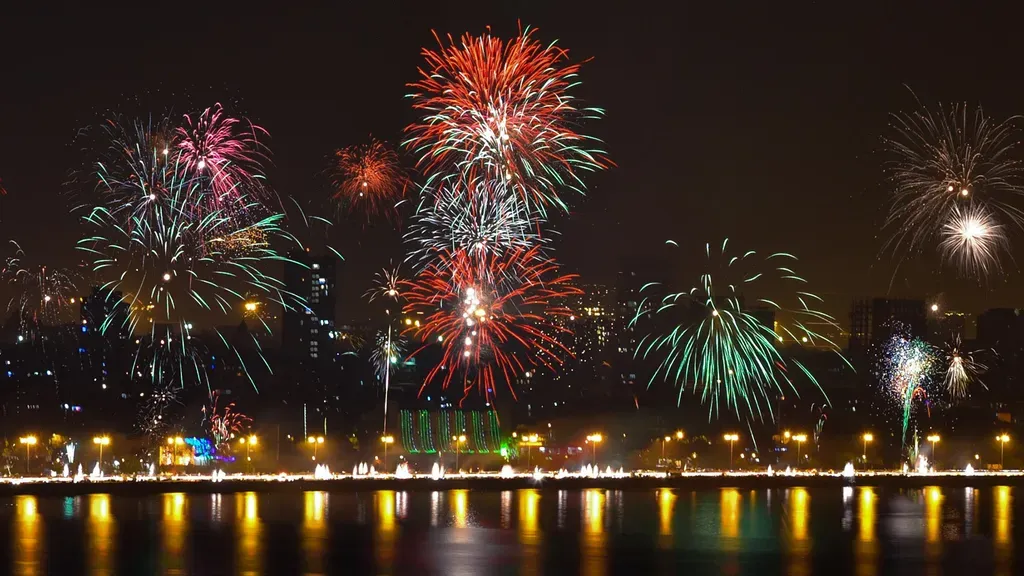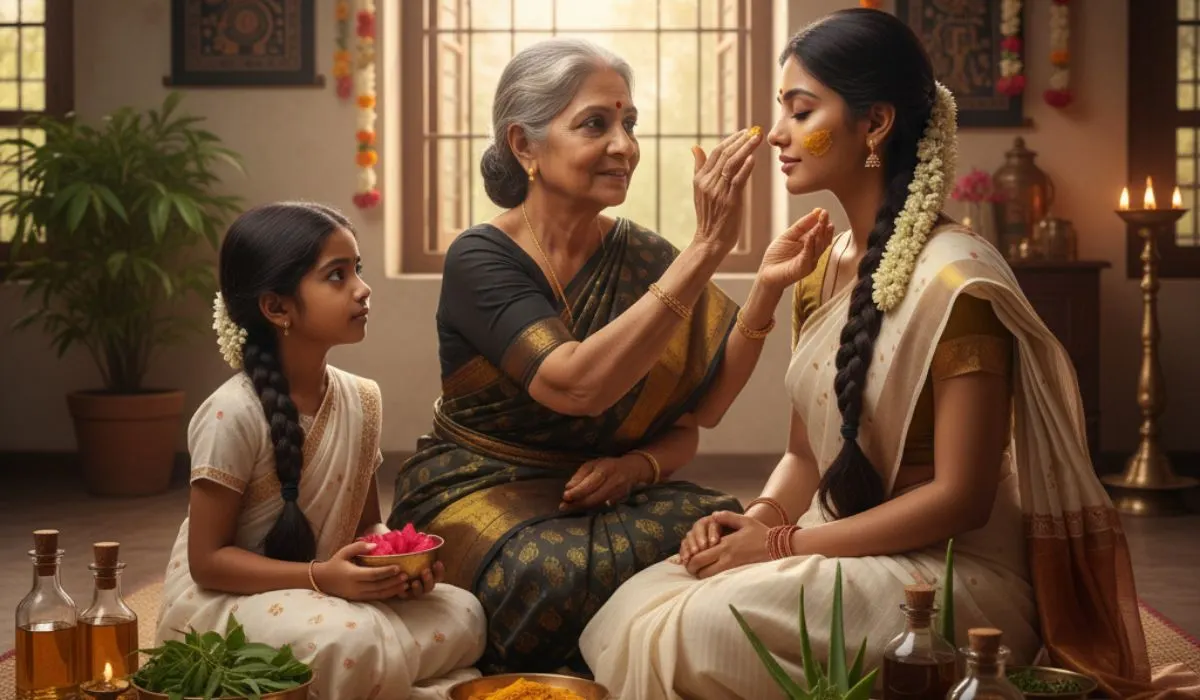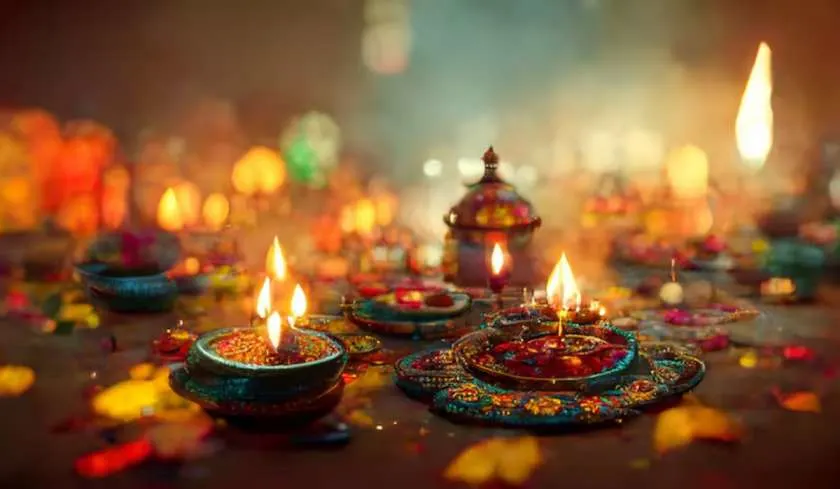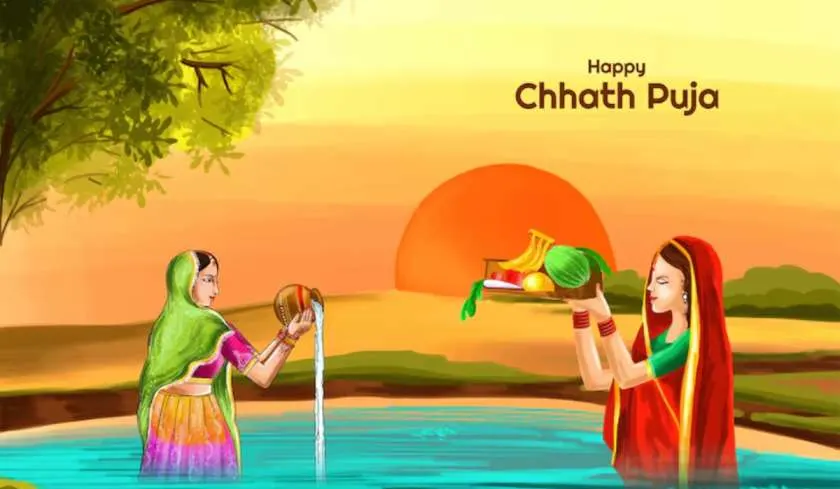India’s cultural richness is vividly reflected in its traditional clothing, which varies dramatically across its diverse regions. From the vibrant turbans of Rajasthan to the elegant silk sarees of Tamil Nadu, traditional attire in India is deeply tied to geography, climate, history, and customs. This guide will take you on a journey across the country, exploring the unique clothing styles that define each region.
1. North India: Royal Roots and Majestic Silhouettes

Rajasthan and Haryana
Men: The traditional attire includes the dhoti or churidars paired with an angarkha or kurta. The standout piece is the colorful turban (pagri), which signifies the wearer’s community and status.
Women: Rajasthani women wear ghagras (long skirts) with a choli (blouse) and a odhani (veil) draped over the head and shoulders. The fabrics are usually printed with bandhani (tie and dye) or mirror work.
Key Feature: Bright colors, mirror work, and heavy jewelry.
Punjab
Men: Traditionally, Punjabi men wore the kurta-pyjama or tehmat, often paired with a turban. For special occasions, they may wear a sherwani.
Women: The iconic salwar kameez with dupatta originated here. Bright colors and phulkari (floral embroidery) work are distinctive.
Key Feature: Phulkari embroidery and the comfortable salwar.
Kashmir
Men and Women: The most recognized attire is the Pheran – a long, loose gown worn by both men and women. Women wear embroidered versions, while men’s pherans are simpler.
Key Feature: Fine Kashmiri embroidery (tilla work), woolens, and pashmina shawls.
2. East India: Graceful Drapes and Tribal Elegance
West Bengal
Women: The Tant saree or Baluchari saree, typically made from cotton or silk, is draped in the traditional Bengali style with the pallu thrown over the left shoulder.
Men: Dhoti-kurta is the traditional attire, especially for festive occasions.
Key Feature: Red and white color palette and intricate motifs.
Odisha
Women: Sarees like the Sambalpuri, Bomkai, and Ikat showcase Odisha’s rich weaving traditions. These sarees are handwoven and often depict traditional art and folklore.
Men: Dhoti and kurta, especially during religious events.
Key Feature: Temple borders and tribal patterns.
Assam and the Northeast
Women (Assam): The Mekhela Chador is a two-piece outfit resembling a saree but easier to wear. It often features golden Muga silk.
Tribal Communities (Nagaland, Manipur, Mizoram, etc.): Distinctive woven wraps, shawls, and headgear represent clan identity and tribal heritage.
Key Feature: Intricate weaving, geometric patterns, and natural dyes.
3. West India: Vibrancy and Festival Flair
Gujarat
Women: Similar to Rajasthan, women wear chaniya choli with heavy embroidery, mirror work, and bandhani designs. The dupatta (odhni) is often colorful and embellished.
Men: Kediyu (short kurta) and dhoti or churidar, paired with a bandhani turban during festivals like Navratri.
Key Feature: Mirror work, bandhej (tie-dye), and bold colors.
Maharashtra
Women: The traditional Nauvari saree (nine yards) is worn in a dhoti-like style for freedom of movement. It’s especially common among working women and dancers.
Men: Dhoti, kurta, and pheta (turban), often in cotton due to the climate.
Key Feature: Functional draping styles and Paithani silk.
4. South India: Silk Elegance and Simplicity
Tamil Nadu
Women: The famous Kanjeevaram saree with rich silk and gold zari work is worn during weddings and festivals. Half sarees are traditional for young girls.
Men: Veshti (white dhoti) and angavastram are worn with a shirt or kurta.
Key Feature: Gold-bordered silk and temple motifs.
Kerala
Women: The elegant Kasavu saree, typically cream with a golden border, is worn during Onam and other festivities.
Men: Mundu (white dhoti) and shirt or jubba.
Key Feature: Minimalist elegance and off-white with gold combination.
Andhra Pradesh & Telangana
Women: The Pochampally Ikat and Mangalgiri sarees are woven with distinctive patterns and rich textures. Girls traditionally wear the Langa Voni (half saree).
Men: Panche (dhoti) with a simple shirt or kurta.
Key Feature: Ikat weaving, handloom excellence.
5. Central India: Tribal Threads and Cultural Hybrids
Madhya Pradesh and Chhattisgarh
These regions are home to various tribal groups, and traditional attire often includes handwoven cotton fabrics, sarees with tribal prints, and lehenga-cholis with beadwork and embroidery.
Men: Often wear safa (turban), dhoti, and angarkha or kurta.
Key Feature: Gond art motifs, handloom cotton, and tribal accessories.
6. Modern Revival and Fusion Trends
While traditional clothing continues to hold a place of pride, modern India is also embracing fusion. Designers are reinventing classic styles:
-
Anarkali suits blending Mughal and modern aesthetics.
-
Indo-Western gowns inspired by sarees and lehengas.
-
Men’s sherwanis with western tailoring and Indian fabrics.
-
Young brides opting for pastel lehengas instead of traditional reds.
Key Influence: Bollywood, social media, and fashion designers.
Why Traditional Clothing Still Matters
Even with globalization and modern fashion taking hold, traditional Indian clothing continues to be significant because:
-
It honors heritage and identity.
-
Each garment often represents handcrafted art.
-
It is integral to festivals, rituals, and ceremonies.
-
The regional variations promote sustainable and local weaving communities.
Tips for Wearing Traditional Indian Attire
-
Occasion matters: Choose heavier silks or embellished outfits for weddings, lighter cottons for casual or summer wear.
-
Drape it right: Learn regional draping styles to wear sarees and dhotis authentically.
-
Accessorize smartly: Jewelry, bindis, and turbans complete the look.
-
Support local artisans: Opt for handloom and handcrafted pieces to support sustainable fashion.
Conclusion
Indian traditional clothing is more than just fabric and thread—it’s a vibrant tapestry of history, culture, and artistry. Whether you're exploring the majestic Bandhani of Gujarat or the subtle Kasavu of Kerala, each region tells a story through its attire. Embracing these regional styles not only celebrates India’s diversity but also preserves centuries-old craftsmanship and identity.



